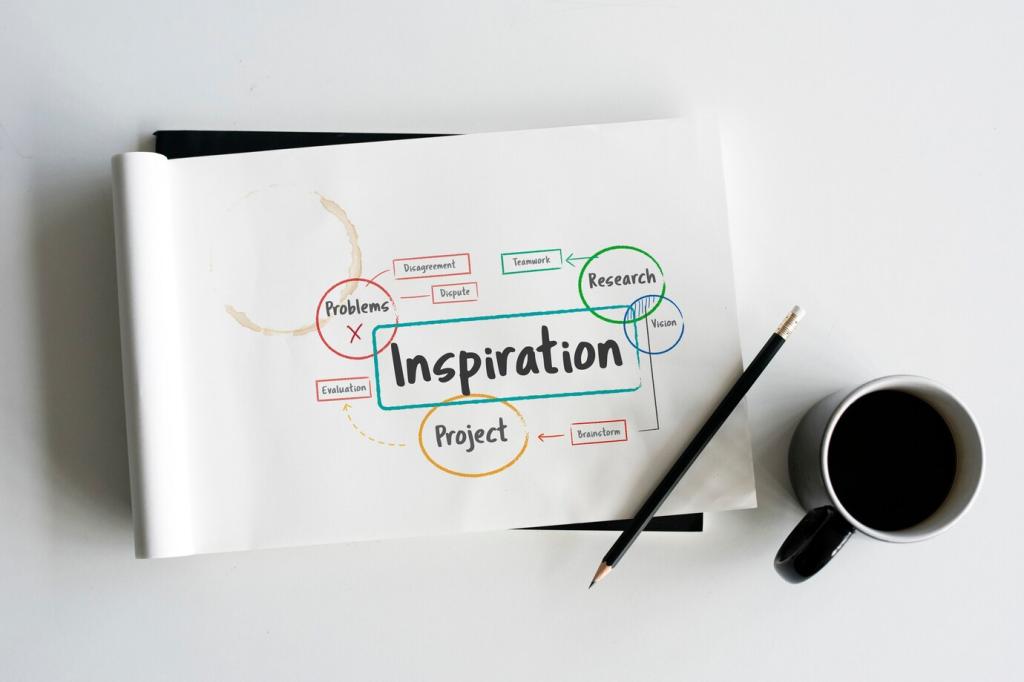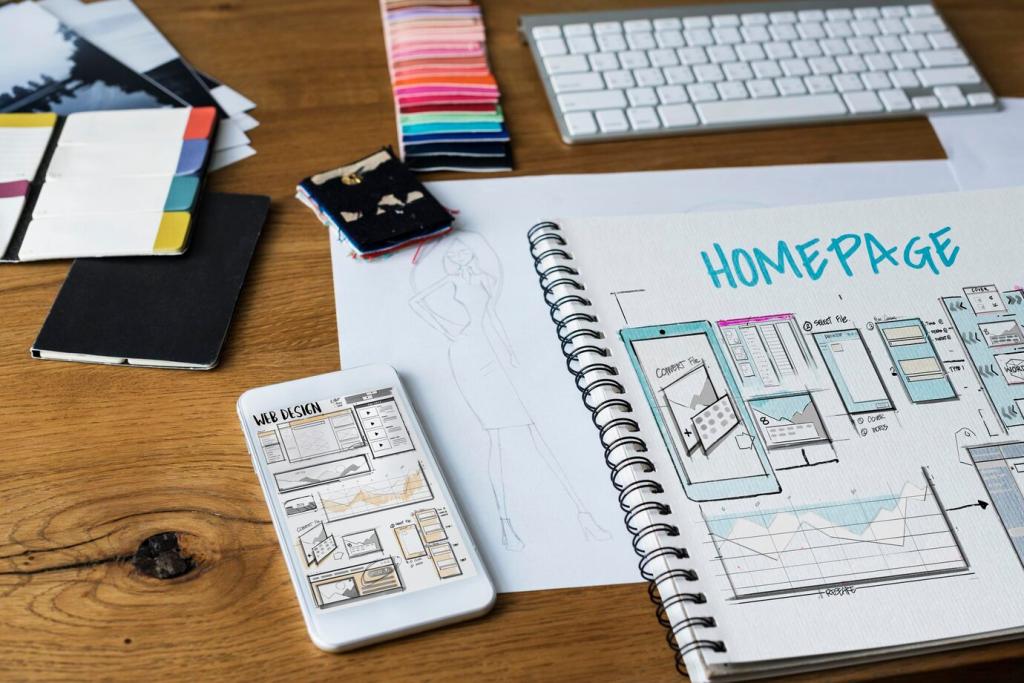Why Emotional Narratives Make Designs Memorable
Humans are wired for stories. Narrative structure helps the brain organize information, lowers cognitive load, and signals relevance. When design mirrors a story arc, users feel oriented, supported, and emotionally invested, which increases trust, recall, and long-term engagement.
Why Emotional Narratives Make Designs Memorable
Features tell what the product does; narratives explain why it matters. Reframing a checklist into a relatable journey turns capability into meaning. This shift encourages empathy, reveals context, and helps users see themselves as protagonists, not passive recipients of functionality.
Why Emotional Narratives Make Designs Memorable
A team redesigned their onboarding as a guided story, framing the user as a hero overcoming setup hurdles. With supportive microcopy and celebratory checkpoints, completion rates rose, and customers mentioned feeling coached rather than tested. Share your own story in the comments below.















